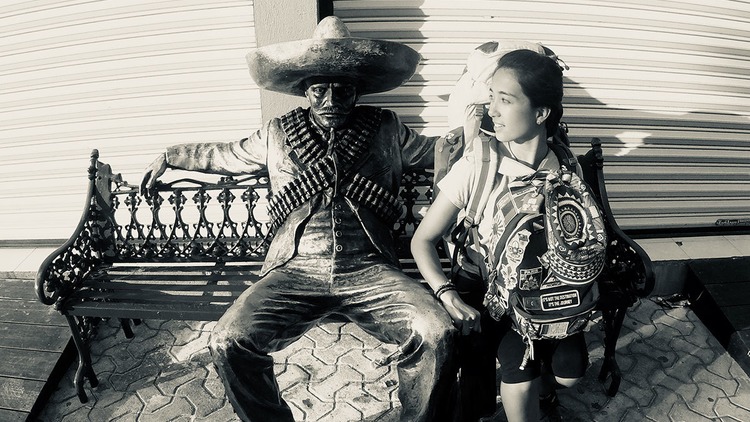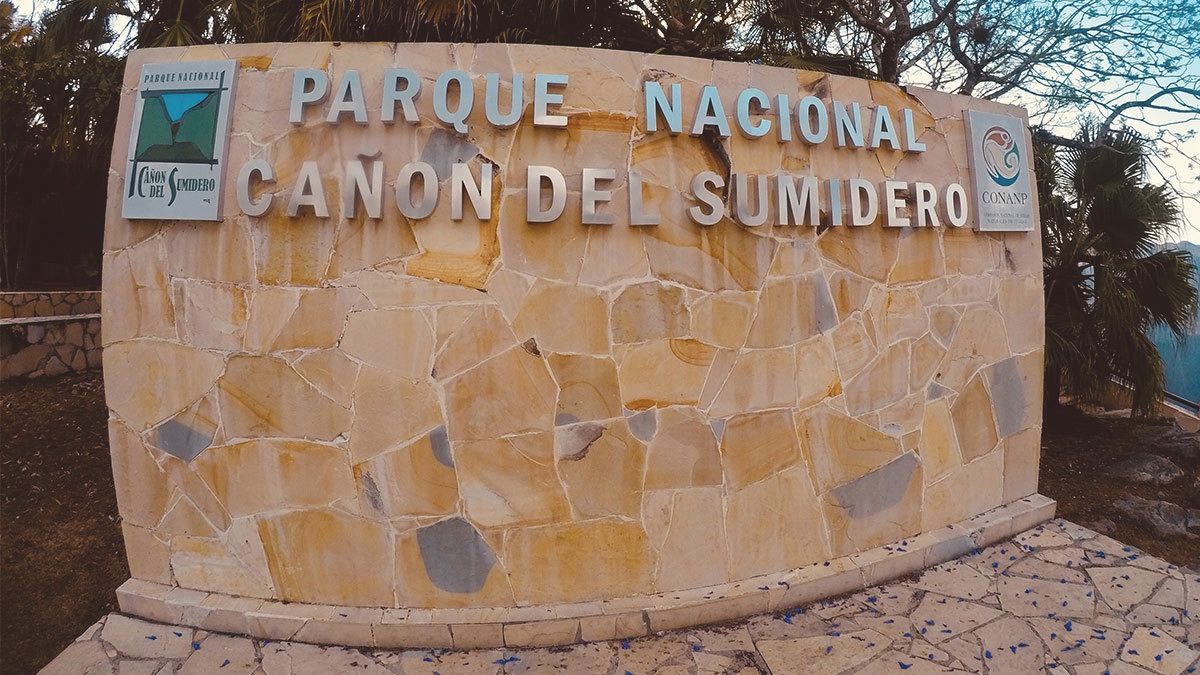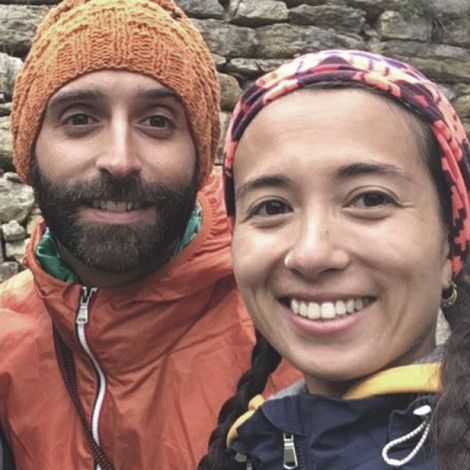WALKING FROM GUATEMALA TO CHIAPAS - Exploring a free and proud land
The border is teeming with soldiers searching for drugs, though it’s hard to understand how they can find them, considering the complete lack of sniffer dogs or state-of-the-art detection technology. The feeling we get is that American dollars can buy you anything here, even people.
This stretch of the border resembles a small town, the road being lined with general stores and shops that exploit the exchange rate between the two currencies.
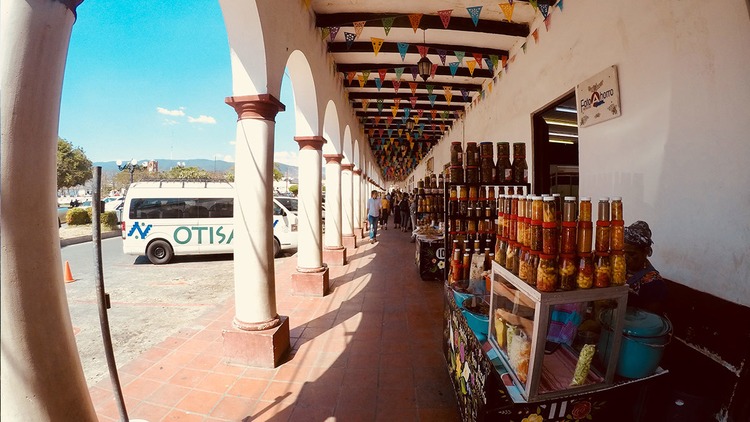
The majority of the goods on the market stalls are now made in China; the world we see every year on our adventure travels is evolving at an unprecedented - hardly noticeable – speed, as for these people, for whom adapting is second nature and a way to escape from poverty.
The water is hardly ever drinkable, but with our canned food supplies, fresh fruit and water bottle with its carbon filters we have everything we need. We only feel a long way from home when our smartphones don’t receive any network signal. The officers armed with machine guns check all the contents of our rucksacks.
We change buses several times and pass through a number of different customs before we find some peace and quiet again on board another minibus. Ahead of us we have a journey of over five hours between huts and taxis racing through the traffic on the other side of the border. In this age of modern, knowledgeable travellers it’s easy to find yourself alone and at the mercy of sensations brought on by the journey, those that take you back not to places but to the people you speak to and share stories and philosophies of life with.
The first stop-off point is at about 2000 m above sea level: San Cristóbal de Las Casas.

Here less than a year ago a violent earthquake forever changed the lives of this peaceful community, which is now gradually trying to return to normality and is taking the opportunity to start again united.
It is easy to travel carefree but in order to understand more about the Chiapas you need to venture inside their flag: literally.
We set off again, destination Cañón del Sumidero: a canyon with a fjord that wends its way for 42 km through a breath-taking gorge. Some of the hills along it are over one thousand metres high, while the rio that winds its way between the elevations is 280 metres deep at its deepest point: an abyss in the true sense of the word, surrounded by an unspoilt natural environment with monkeys, pelicans, vultures and crocodiles. Its waters, which run down from the peaks of nearby Guatemala, flow into a reservoir along with three other major rivers, which together generate 60% of Mexico’s total electricity supply!
It’s easy to understand why the natives chose this place as the symbol of their land!
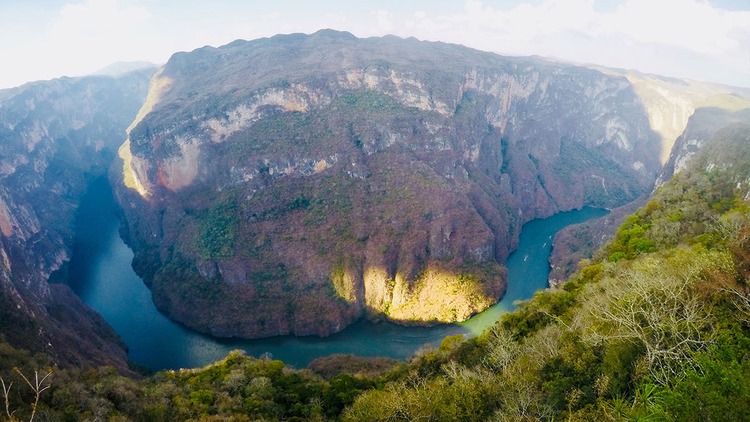
Paradoxically, the people that produce more energy than all the other states of Mexico are at the same time the most marginalised. Precisely those: the true descendants of the Mayas, who today are incorrectly called indigenous people.
You look at this Canyon and you find yourself flying in that flag which is just pure and simple nature and you ask yourself how, in the face of such beauty, man’s cruelty can be so cynical and heartless as not to see how easy it would be to give this story, which has no winners or losers, a happy ending.
